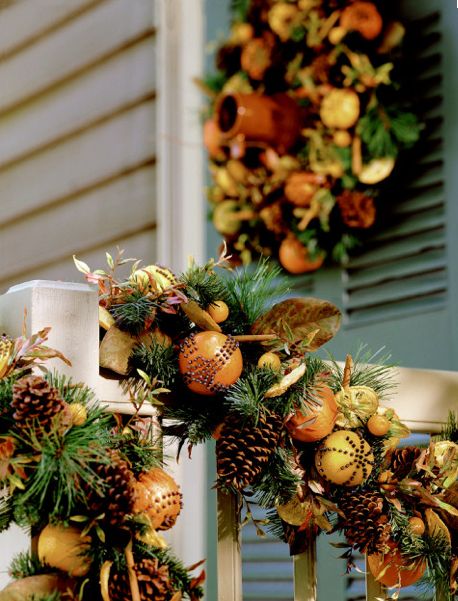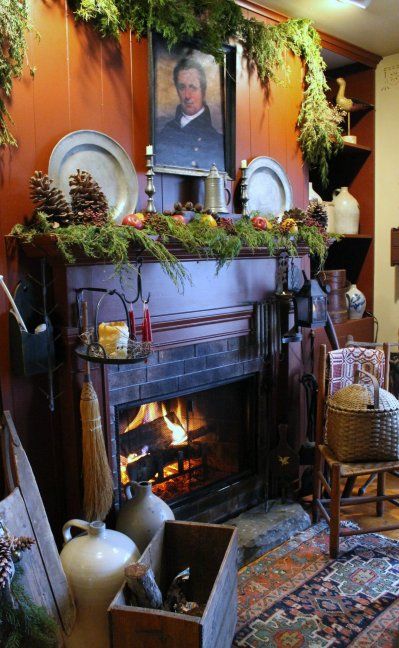As the holiday season approaches, the spirit of Christmas fills the air, bringing warmth and joy to homes everywhere. One of the most delightful ways to celebrate this season is by embracing the essence of Colonial Christmas decorations. Drawing inspiration from the past, these decorations offer a unique blend of charm, nostalgia, and coziness that can elevate your holiday experience. In this article, we’ll dive deep into the world of Colonial Christmas decor, transforming your space into a festive haven reminiscent of a bygone era.
Understanding Colonial Christmas Decor
Colonial Christmas decorations reflect the traditions and lifestyles of early American settlers, particularly between the 17th and 19th centuries. With limited resources and a focus on practicality, these decorations were often handmade, showcasing the ingenuity of the time.
The Historical Significance
During the Colonial period, Christmas was celebrated more as a community event rather than an extravagant, commercialized holiday. Decor consisted of natural elements and handcrafted items that highlighted the beauty of the season.
Key Characteristics of Colonial Christmas Decorations
- Natural Materials: Wreaths made from greens, pinecones, and berries.
- Handcrafted Items: Ornamental pieces made from wood, fabric, and metal.
- Warm Lighting: Use of candles and lanterns to create a cozy atmosphere.
Essential Elements of Colonial Christmas Decorations
To create a true Colonial Christmas atmosphere, incorporating a few essential elements is crucial. Here are the primary components you should consider:
1. Natural Greenery
Evergreen boughs, holly, and mistletoe play a significant role in Colonial decor. They symbolize everlasting life and are often used in garlands, wreaths, and centerpieces.
Creating a Greenery Centerpiece
To make a beautiful centerpiece, collect various evergreen branches and arrange them in a rustic bowl. Add candles and seasonal fruits like apples or oranges for a pop of color.
2. Handmade Ornaments
Handcrafted ornaments were common in Colonial homes. Consider making your own using materials like fabric, wood, or dried fruits. These personal touches tell a story and add a unique flair to your decorations.
DIY Ornament Ideas
| Ornament Type | Materials Needed | Instructions |
|---|---|---|
| Dried Orange Slices | Oranges, knife, baking sheet | Slice oranges and dehydrate them in the oven at 200°F for 2-3 hours. |
| Fabric Stars | Fabric, scissors, needle, thread | Cut fabric into star shapes, sew edges, and fill with dried lavender. |
| Wooden Ornaments | Wood slices, paint, string | Paint designs on wood slices and attach string for hanging. |
3. Candles and Lighting
Candles were the primary source of light during Colonial times. Using candle holders made of wrought iron or tin can add authentic charm to your decor.
Safety Tips for Using Candles
- Place candles on stable surfaces away from flammable materials.
- Use battery-operated candles for a safe alternative.
- Always supervise burning candles.

Incorporating Colonial Christmas Decorations into Your Home
Now that you understand the essential elements, let’s explore how to incorporate Colonial Christmas decorations into different areas of your home.
Living Room
The living room is often the centerpiece of holiday gatherings. Here are some ideas:

Ideas for Living Room Decor
- Adorn your fireplace mantel with a garland of greenery, pinecones, and candles.
- Use a quilt or woven blanket to drape over sofas or chairs for added warmth.
- Place handmade ornaments on your Christmas tree to showcase your personal touch.
Dinner Table Setting
Your dining table can be transformed into a Colonial feast setting with a few simple changes.

Colonial Dinner Table Ideas
| Element | Colonial Style | Modern Twist |
|---|---|---|
| Tablecloth | Woven fabric or burlap | Layer with colorful napkins |
| Centerpiece | Natural greenery and candles | Add seasonal flowers for color |
| Dinnerware | Rustic stoneware | Mix with modern glassware |
Personal Experiences and Tips for a Successful Colonial Christmas
Over the years, I’ve embraced the charm of Colonial Christmas decorations in my own home. From handmade ornaments to using natural elements, each year, I find new ways to connect with the history of the holiday. Here are some of my personal tips:

Embrace DIY Projects
Creating decorations with your family can become a cherished tradition. I remember one year when my family and I made garlands from popcorn and cranberries. Not only did it look beautiful, but it also became a fun activity for all.
Include Your Heritage
If you have roots in a particular Colonial culture, consider incorporating elements that reflect your family’s history. This adds a heartfelt touch to your decorations.
Ideas for Incorporating Heritage
- Display family heirlooms or traditional ornaments passed down through generations.
- Research specific Colonial traditions from your ancestry and implement them.
FAQs about Colonial Christmas Decorations
What materials were commonly used in Colonial Christmas decorations?
Colonial decorations often featured natural materials like evergreen boughs, berries, and fruits, along with handcrafted items made from wood and fabric.
How can I create a Colonial-style wreath?
To create a Colonial-style wreath, gather evergreen branches, holly, and pinecones. Use a wire frame to secure the materials, and embellish with ribbons or dried fruits.
Are there any modern adaptations of Colonial Christmas decorations?
Yes, many modern adaptations incorporate Colonial styles with a contemporary twist, such as using battery-operated candles and mixed materials in decorations while retaining traditional colors and motifs.
What colors are typically associated with Colonial Christmas decor?
Colonial Christmas decor traditionally features deep reds, greens, and golds, with neutral tones like cream and brown to complement natural elements.
Where can I find authentic Colonial Christmas decorations?
Look for authentic pieces at antique shops, local craft fairs, or online marketplaces specializing in vintage home decor.